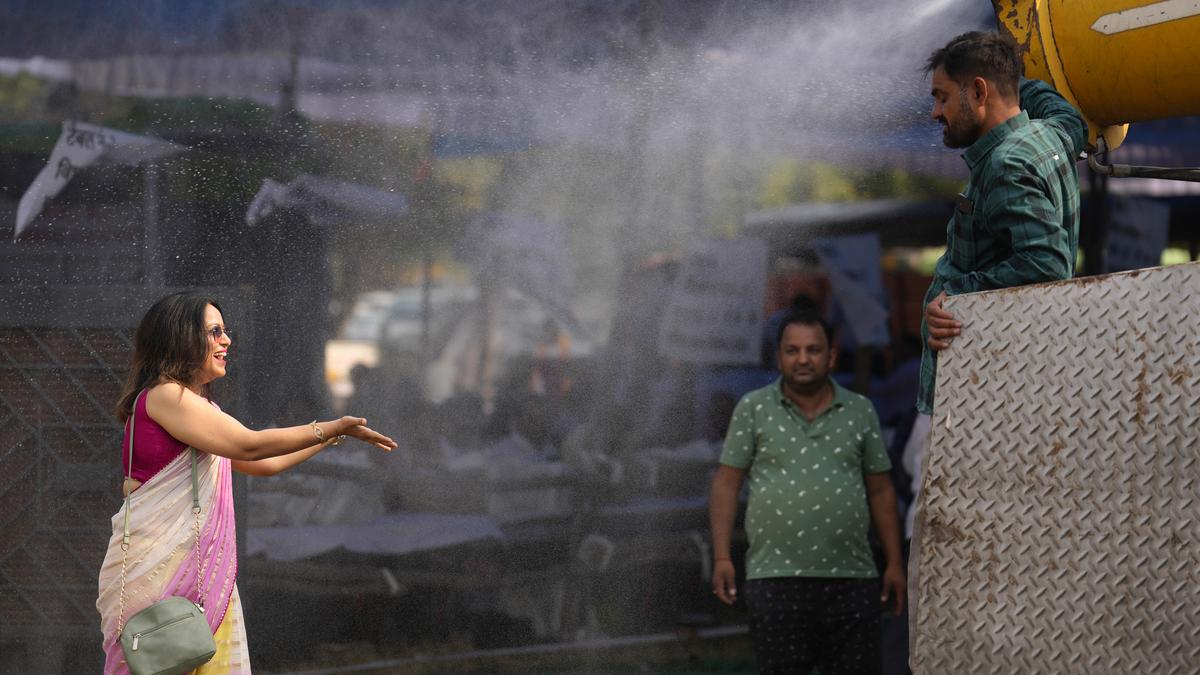With hardly a few days left for the northeast monsoon season to draw to a close, officially by December 31, the pattern of monsoon received in south India and the country as a whole raises some questions on the reliability of the long-range forecast issued for various metrological subdivisions in the country by the India Meteorological Department (IMD), especially in the southern peninsula, which is the gateway of the monsoon to the country.
While the IMD has forecast a normal northeast monsoon rainfall season for the entire south India, below normal rainfall was predicted for Tamil Nadu and above normal rainfall for Kerala and Karnataka. But as the season is almost getting over, Tamil Nadu received 6% more rainfall as of December 21, riding high on the late surge triggered by cyclone Michaung and a cyclonic circulation over the Bay of Bengal.
Moreover, a small town such as Kayalpattinam in Thoothukudi received a whopping 95 cm rainfall in 24 hours, while eight other places recorded over 50 cm rain, resulting in flooding in south Tamil Nadu districts. On the other hand, Kerala received above normal rainfall in line with the prediction of the IMD, while Karnataka received scanty rainfall during the season, contrary to the forecast. The situation was almost similar during the southwest monsoon season. IMD had predicted an above normal rainfall for Kerala and Karnataka and below normal rainfall for Maharashtra and Gujarat along the west coast.
However, the southwest monsoon ended up deficient in Kerala and Karnataka, while it was in excess for Gujarat and normal in Maharashtra. Cyclone Biparjoy, the first cyclonic storm over the Arabian Sea this year, played a major role in the deficient run of the monsoon in Kerala and Karnataka, and excess rainfall in other States situated along the west coast. On the other hand, the IMD’s long-range rain forecast for the country as a whole maintained accuracy with the country receiving around 94% of its long period average.
Speaking to The Hindu, D. Sivananda Pai, senior meteorologist, IMD, said, “It’s true that the long-range rainfall for various metrological sub divisions were not in line with the forecasts at a time when it maintained accuracy in the country as a whole. It is even more difficult to predict an accurate amount of point-to-point rainfall even in the short-range forecast. Certain pockets will often be against the general trend of the monsoon. A cyclone lasts only a week and thundershowers last a few hours, while the long-range forecast is issued based on planetary signals like low-frequency noise waves. But by bringing the entire east and west coast under the surveillance of a radar network, the short-range forecast can be made more accurate.” The IMD is working in this direction, Mr. Pai added.

 4 months ago
68
4 months ago
68



